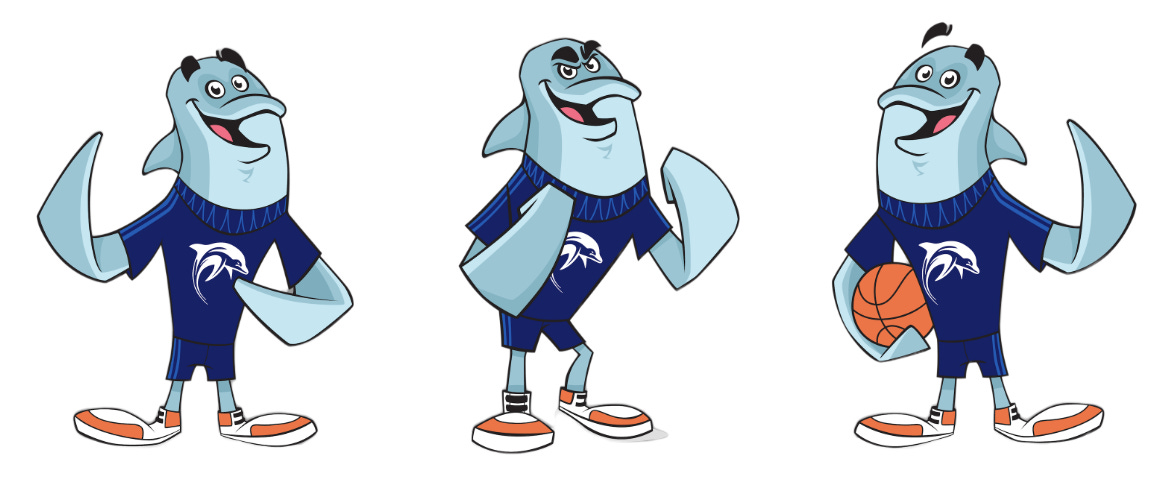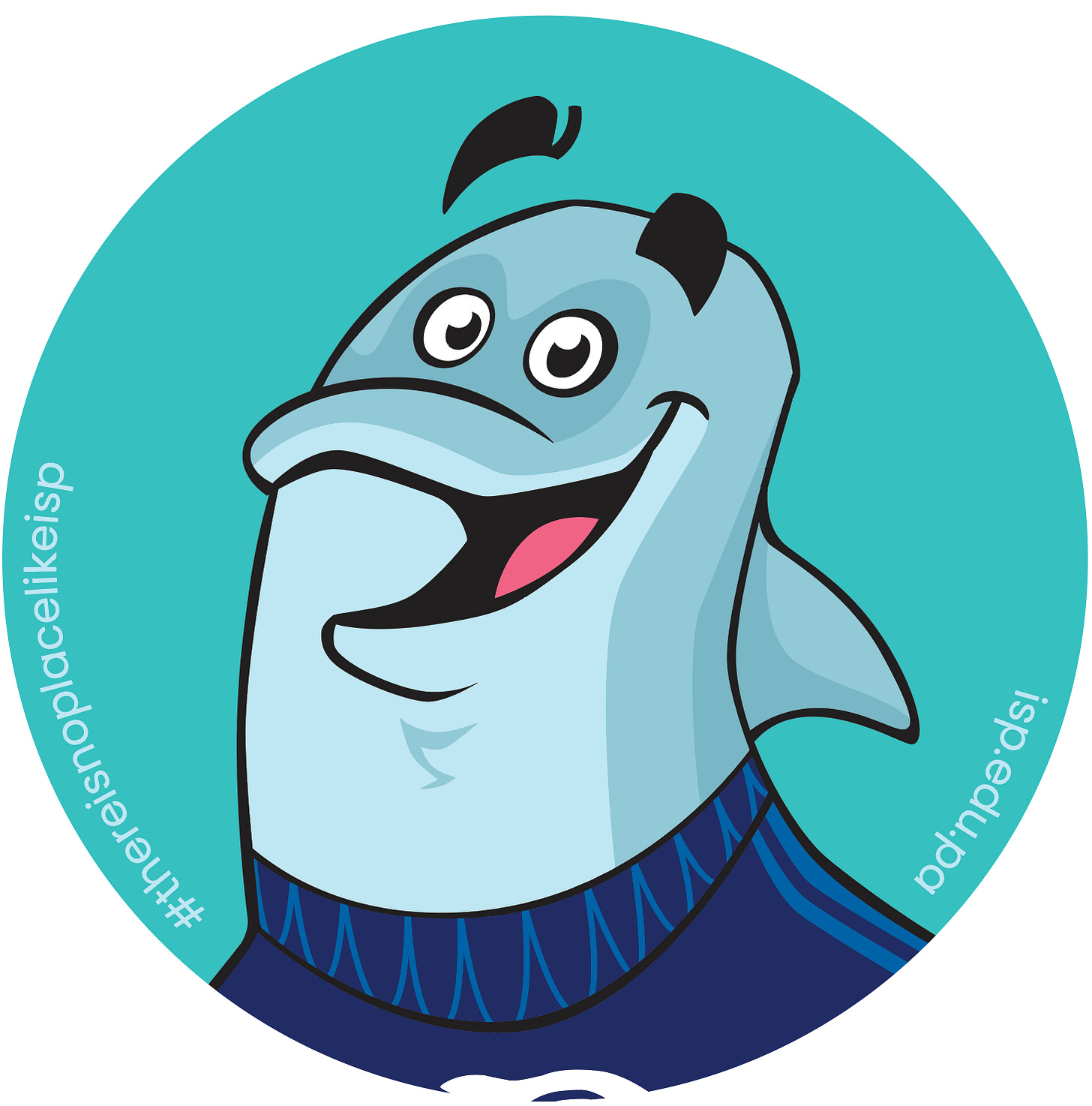School Mascots: Powerful but Limited
Flux.1-dev-DashDiffusion, or "Dash Diffusion" for short, is (to my knowledge), the first text-to-image model fine-tuned on a school's mascot.
These jaguars 🐆 , dragons 🐉, or dolphin 🐬 in our case at International School or Panama, are powerful symbols that embody and promote a school's sense of identity.
However, many schools face a common challenge: due to the high cost of professional image creation, available assets are often limited to a handful of options for their various communication needs.
Case in point, here are the samples we have available at ISP to feature "Dash" in our promotional and educational materials:
An AI Solution: Fine-Tuning
In this regard, AI can support schools marketing and communication efforts. By fine-tuning models, schools can generate images that are:
Aligned with their style and identity
High-quality
Easy and fast to produce and refine
Customized to specific needs (prompt-based)
Cost-effective (approximately $0.05 per image in our example)
Examples of uses cases include:
Social media content
School newsletters and communications
Event promotions
School spirit merchandise
Classroom decorations
Educational materials
Student activity materials
Results
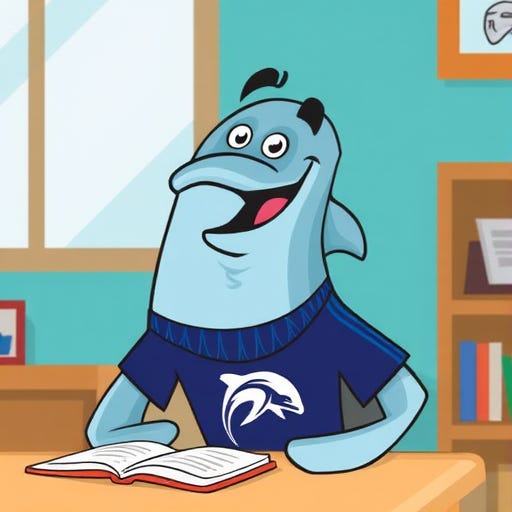
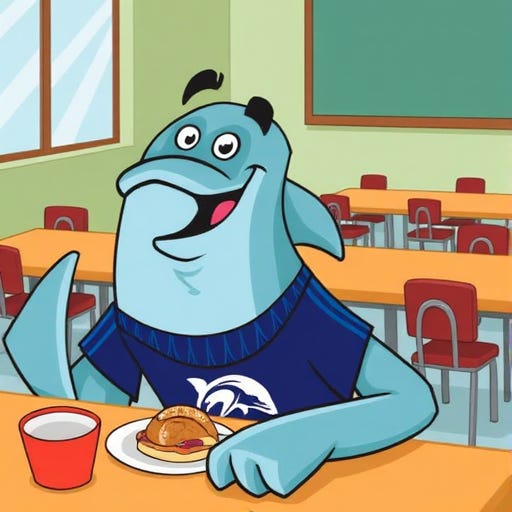
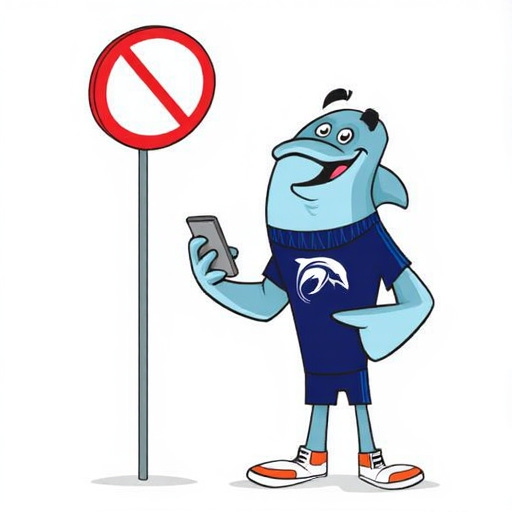
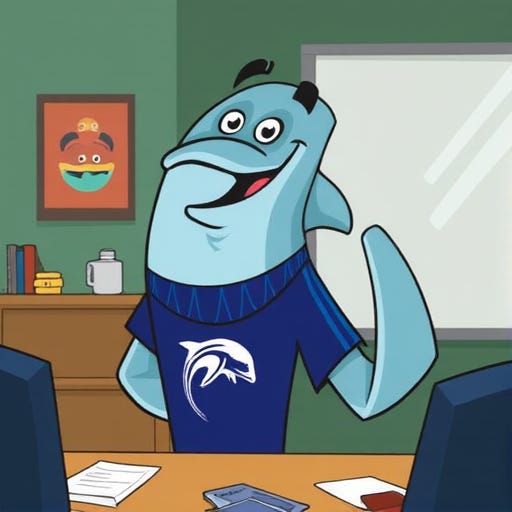
Environmental Considerations
The sustainability of text-to-image models is a fair concerns. Important considerations include:
This particular use seems more purposeful / meaningful than many other, and thus one that I would prioritize
More than their fine-tuning, the impact comes mostly from the subsequent use of these models. Thankfully, quantized GGUF versions are available
It is also possible (and important) to offset the footprint of image generation (and other generative AI uses). An example include: streaming 1mn less of Youtube or Netflix per image created.
Looking ahead
Note that Dash Diffusion is a proof of concept, as I simply used FAL to fine-tune Flux.1 Dev (Black Forest Labs) on a total of 5 human-created assets!
The next step will be to see if continuous improvements can be made by fine-tuning newer models (as they keep improving) with AI-generated images from previous versions.


